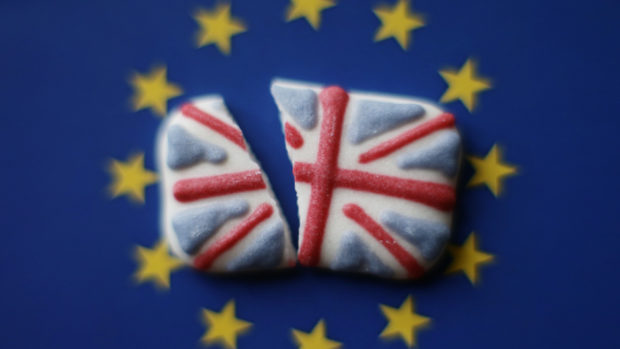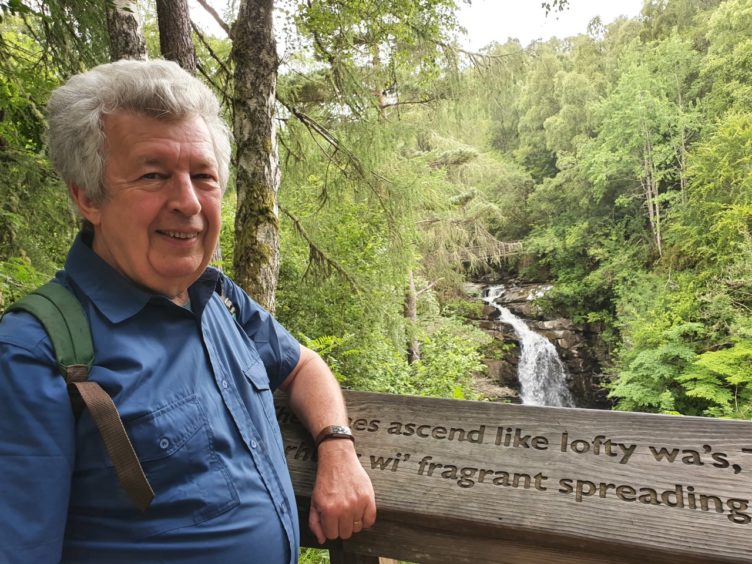More than 8% of people living in Aberdeen have applied for settled status after Brexit, according to new figures.
Statistics released by the Home Office show that as of July 31, 17,450 people in the Granite City had submitted applications to obtain immigration status before the UK leaves the European Union at the end of the year.
The figures mean 8.1% of Aberdeen’s population have asked to remain in the country, the second highest anywhere in Scotland. Only Edinburgh came in higher, with 8.5% of residents in the capital city applying for settled status.
Some 8,420 people in Aberdeenshire – 3.2% of the population – submitted applications, while the figure sat at 3.4% for the Highland council area, 2.2% for Moray, 1.2% for the Western Isles, 2.2% for Shetland and 1% in Orkney.
Perth and Kinross had the largest percentage in Tayside, at 4.3%, while Dundee came in at 4% and Angus at 2.6%. Fife came in at 2.7%.
Official figures show a total of 190,600 people have submitted applications to obtain immigration status in Scotland, with a total of 3.8 million applications being submitted across the UK. The scheme will remain open until June 30.
North East MSP Lewis Macdonald said European citizens are often “very active” in their local economy and had made a large contribution to Aberdeen.
“They work, they often have more than one job, they pay tax and contribute a lot to the local community,” he said.
“Their contribution is important in a whole range of things, from tradesmen to professional people, to the oil and gas industry, to catering and hospitality. There’s a whole range of areas where people from European countries make a big contribution.
“I think people are entitled to a quick response on this. They’ve made a life choice, they want to live in the UK and they should be getting a welcome from central government as well as all of us locally.”
The latest statistics from the Home Office show just 63% of applicants in Aberdeen, 10,930 residents in total, have been granted settled status.
If an applicant has not lived in the UK for five continuous years, they are likely to be given pre-settled status, which allows them to stay in the UK and apply for full settled status after they’ve reached the five-year threshold.
Home Office figures show that 61% of applications in Scotland resulted in approval of settled status and 38% in pre-settled status. Glasgow had the lowest proportion of applicants granted immigration status in Scotland, at 52%.
Dundee, at 57%, Perth and Kinross, at 61%, and Fife, at 62%, all featured in the bottom 10 local authority areas for the proportion of applicants granted settled status.
More than 97% of applicants in every local authority area in Scotland were granted either settled or pre-settled status.
Home Office minister Kevin Foster said European citizens had made an “enormous contribution” to the UK and stressed there was “plenty of time” left to apply before June 30, with support available online, over the telephone or in person.
He said: “They are our friends, family and neighbours and we want them to stay, which is why I’m pleased there have been more than 190,000 applications in Scotland already.”
A quarterly update released at the end of June showed the vast majority of applications to settle in Scotland at that time were by people from Poland, at 66,020, compared to Romania with the second most applications at 15,300.

